6 major differences between Linux and Windows file systems
The file system of Linux is different from the file system of Windows in many ways. Instead of seeing any drive letters or backslashes, you'll see an unfamiliar-looking layout where filenames can be the same, but with different case.
This article does not list all the differences in detail, but is just for new users who are new to Linux to help them understand some of the differences between Linux and Windows. Therefore, there may be many other differences not mentioned here.
1. Directory structure
When you start browsing the file system on your Linux computer, you won't see the Windows, Program Files, or Users folders. (Although the /home/ directory is very similar to the Users folder.)
The Linux directory structure not only uses different folder names, but also uses a completely different layout. For example, on Windows, an application might store all its files in C:\Program Files\Application.
On Linux, its files will be split into multiple locations - its binaries in /usr/bin, its libraries in /usr/lib, and its configuration files in /etc/ .
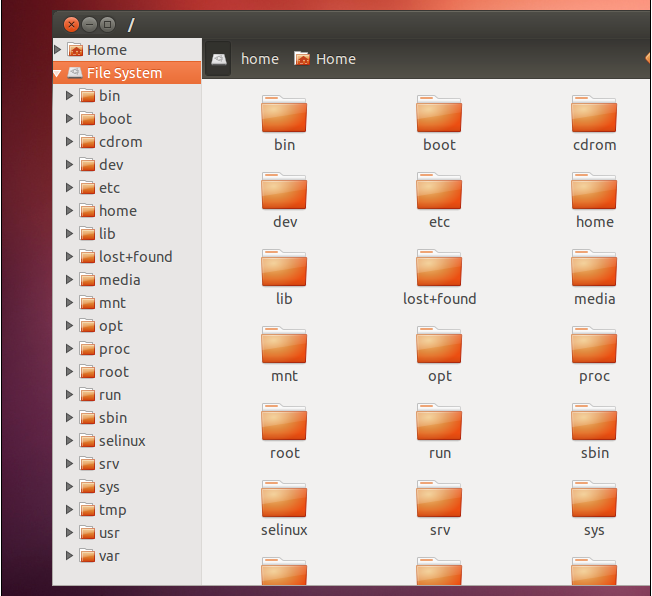
2. Case sensitive
On Windows, there cannot be a file named file and another file named FILE in the same folder. The Windows file system is not case-sensitive, so it treats these names as the same file.
On Linux, file systems are case-sensitive. This means you can have files named file, File and FILE in the same folder. Each file has different content - Linux treats uppercase and lowercase letters as different characters.

3. Backslash and forward slash
Windows uses backslashes, just like DOS. For example, the path to the user directory on Windows is:
“
!! C:\User\Name
”
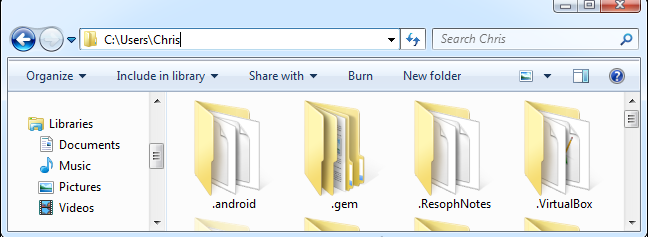
On Linux, the path to the user’s home directory is:
“
!! /home/name
”

You will also notice that URLs in web browsers (even on Windows) use forward slashes. For example, it is https://www.along.com/article, not http:\www.along.com\article.
4. No drive symbol – all in /
Windows separates partitions and devices in drive symbols. Whether you have multiple hard drives, multiple partitions on the same hard drive, or attached removable devices, each file system is available under its own drive symbol.
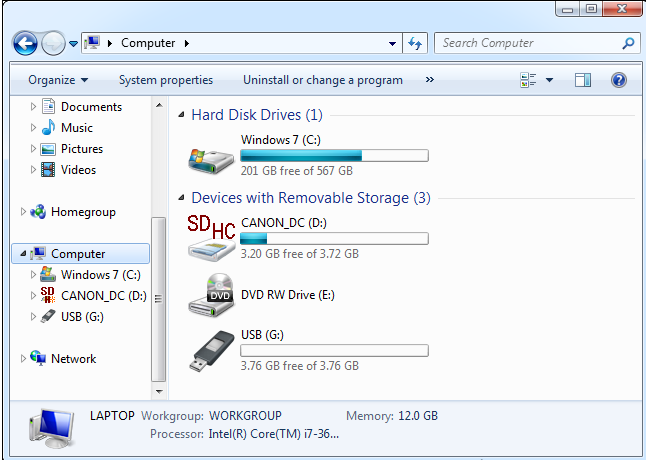
Linux does not have a drive letter. Instead, it makes other file systems accessible in arbitrary directories. (Windows can do this too, but it's not the way it works out of the box.)
On Linux, everything is in / – the root directory. There are no files above the root directory, whereas on Windows there are files outside of C:. When you connect your device to your computer, it will be available under /media/. Directory contents shows the contents of the mounted partition.
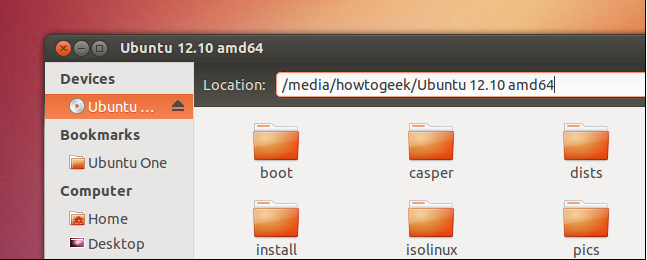
If you have multiple hard drives or hard drive partitions, you can mount them anywhere you like on the file system. (Public account: Network Engineer Aaron) For example, you can put your home directory on a separate partition by mounting another partition in /home. However, you can mount the partition anywhere you like - you can even mount it at /myBackupDrive.
5. Everything is a file
Just as every mounted file system is a directory under / (the root directory), everything on Linux is a file. For example, your first hard drive is represented by /dev/sda, your CD drive is at /dev/cdrom, and your mouse is represented by /dev/mouse.
This sentence is actually a bit too hasty - not everything is regarded as a file on Linux. But understanding what this means will help you understand how Linux works.
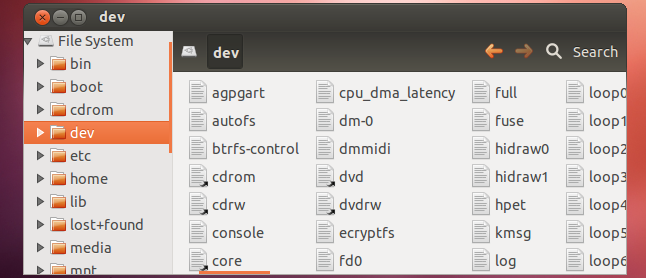
6. You can delete or modify open files
On Linux and other UNIX-like operating systems, applications do not lock exclusive access to files as frequently as on Windows. For example, let's say you are watching a video file in VLC on Windows. The title sequence is playing and you've finished watching it, so you try to delete it. You will see an error message – You need to stop viewing the file in VLC before you can delete it, rename it, or do anything else with it.
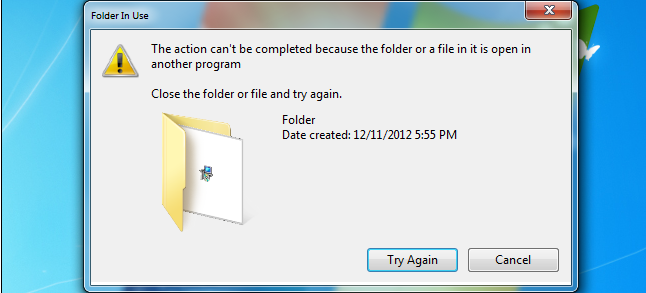
On Linux, you can usually delete or modify a video file while it is playing. You won't see an error message saying the file is in use.
These differences also apply to other UNIX-like operating systems. However, there may be some differences - for example, Mac OS X is not case-sensitive. It is not case sensitive, just like Windows.
The above is the detailed content of 6 major differences between Linux and Windows file systems. For more information, please follow other related articles on the PHP Chinese website!

Hot AI Tools

Undresser.AI Undress
AI-powered app for creating realistic nude photos

AI Clothes Remover
Online AI tool for removing clothes from photos.

Undress AI Tool
Undress images for free

Clothoff.io
AI clothes remover

Video Face Swap
Swap faces in any video effortlessly with our completely free AI face swap tool!

Hot Article

Hot Tools

Notepad++7.3.1
Easy-to-use and free code editor

SublimeText3 Chinese version
Chinese version, very easy to use

Zend Studio 13.0.1
Powerful PHP integrated development environment

Dreamweaver CS6
Visual web development tools

SublimeText3 Mac version
God-level code editing software (SublimeText3)

Hot Topics
 What computer configuration is required for vscode
Apr 15, 2025 pm 09:48 PM
What computer configuration is required for vscode
Apr 15, 2025 pm 09:48 PM
VS Code system requirements: Operating system: Windows 10 and above, macOS 10.12 and above, Linux distribution processor: minimum 1.6 GHz, recommended 2.0 GHz and above memory: minimum 512 MB, recommended 4 GB and above storage space: minimum 250 MB, recommended 1 GB and above other requirements: stable network connection, Xorg/Wayland (Linux)
 Linux Architecture: Unveiling the 5 Basic Components
Apr 20, 2025 am 12:04 AM
Linux Architecture: Unveiling the 5 Basic Components
Apr 20, 2025 am 12:04 AM
The five basic components of the Linux system are: 1. Kernel, 2. System library, 3. System utilities, 4. Graphical user interface, 5. Applications. The kernel manages hardware resources, the system library provides precompiled functions, system utilities are used for system management, the GUI provides visual interaction, and applications use these components to implement functions.
 How to run java code in notepad
Apr 16, 2025 pm 07:39 PM
How to run java code in notepad
Apr 16, 2025 pm 07:39 PM
Although Notepad cannot run Java code directly, it can be achieved by using other tools: using the command line compiler (javac) to generate a bytecode file (filename.class). Use the Java interpreter (java) to interpret bytecode, execute the code, and output the result.
 vscode cannot install extension
Apr 15, 2025 pm 07:18 PM
vscode cannot install extension
Apr 15, 2025 pm 07:18 PM
The reasons for the installation of VS Code extensions may be: network instability, insufficient permissions, system compatibility issues, VS Code version is too old, antivirus software or firewall interference. By checking network connections, permissions, log files, updating VS Code, disabling security software, and restarting VS Code or computers, you can gradually troubleshoot and resolve issues.
 vscode terminal usage tutorial
Apr 15, 2025 pm 10:09 PM
vscode terminal usage tutorial
Apr 15, 2025 pm 10:09 PM
vscode built-in terminal is a development tool that allows running commands and scripts within the editor to simplify the development process. How to use vscode terminal: Open the terminal with the shortcut key (Ctrl/Cmd). Enter a command or run the script. Use hotkeys (such as Ctrl L to clear the terminal). Change the working directory (such as the cd command). Advanced features include debug mode, automatic code snippet completion, and interactive command history.
 How to check the warehouse address of git
Apr 17, 2025 pm 01:54 PM
How to check the warehouse address of git
Apr 17, 2025 pm 01:54 PM
To view the Git repository address, perform the following steps: 1. Open the command line and navigate to the repository directory; 2. Run the "git remote -v" command; 3. View the repository name in the output and its corresponding address.
 Where to write code in vscode
Apr 15, 2025 pm 09:54 PM
Where to write code in vscode
Apr 15, 2025 pm 09:54 PM
Writing code in Visual Studio Code (VSCode) is simple and easy to use. Just install VSCode, create a project, select a language, create a file, write code, save and run it. The advantages of VSCode include cross-platform, free and open source, powerful features, rich extensions, and lightweight and fast.
 Can vscode be used for mac
Apr 15, 2025 pm 07:36 PM
Can vscode be used for mac
Apr 15, 2025 pm 07:36 PM
VS Code is available on Mac. It has powerful extensions, Git integration, terminal and debugger, and also offers a wealth of setup options. However, for particularly large projects or highly professional development, VS Code may have performance or functional limitations.






